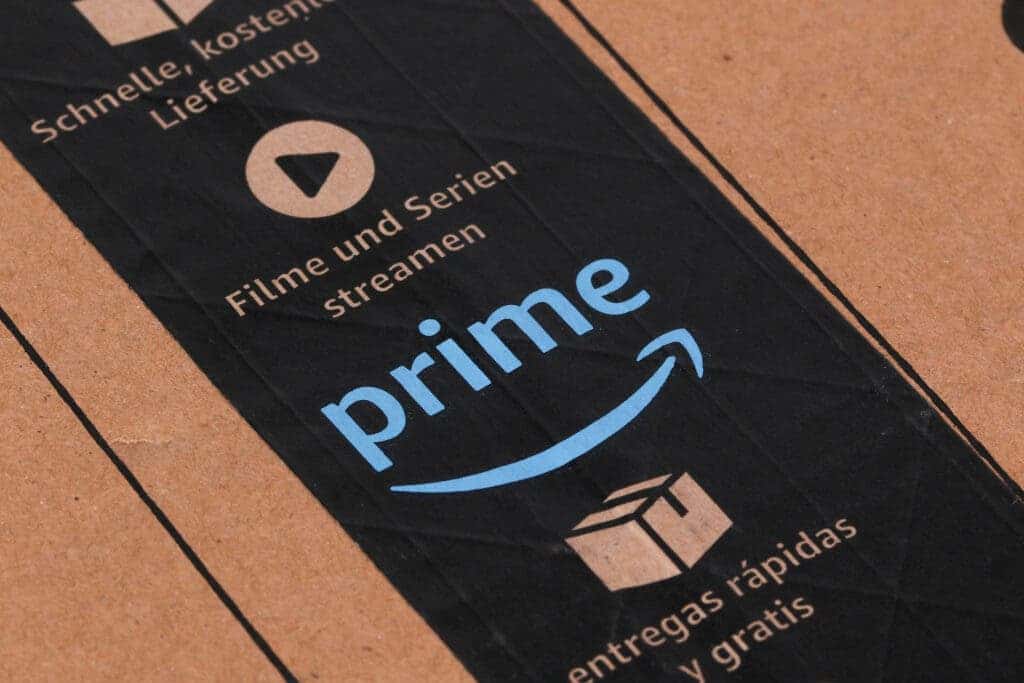The plastic packaging of the products we buy online is actually hiding a major environmental problem, a new report showed. Amazon, considered the world’s largest retailer, was responsible for 211,000 metric tons (465 million pounds) of plastic packaging waste last year, 10,000 tons (22 million pounds) of which ended up in the world’s freshwater and marine ecosystems.

The waste includes air pillows, bubble wrap, and other plastic packaging items added to the approximately 7 billion Amazon packages delivered in 2019, said Oceana, an ocean conservation organization, who published the report. The plastic packaging waste would be enough to circle the Earth more than 500 times, the authors of the report said.
Oceana also did a survey with more than 5,000 Amazon customers in the UK, the US, and Canada in 2020 and found that 86% were concerned about plastic pollution and its impact on the oceans. At the same time, 87% said they wanted online retailers like Amazon to offer plastic-free packaging choices at checkout.
“The amount of plastic waste generated by the company is staggering and growing at a frightening rate,” Oceana’s Senior Vice President, Matt Littlejohn, said in a statement. “The plastic packaging and waste generated by Amazon’s packages is mostly destined, not for recycling, but for the landfill, the incinerator, or the environment.”
Plastic is a massive source of pollution and is creating a big effect on the world’s oceans. Studies estimated that 90% of all seabirds and more than half of all sea turtles have ingested plastic. The wild creatures mistake the kind of plastic used by Amazon for food, which can ultimately prove fatal. Only 9% of all plastic ever produced has been recycled.
Most of Amazon’s plastic packaging is not really recyclable
Oceana said that the type of plastic often used in packaging by Amazon, known as plastic film, is largely not recycled, despite the company’s claims of recyclability. The company has some collection programs in grocery stores but in practice, most of the packaging ends up in curbside recycling bins.
Anthony Brocato, who manages Recology’s sorting plant in South Seattle, said the plastic mailers from Amazon are so stiff and thin that they end up in the streams of paper. At the same time, the air pillows become trapped in screens used to separate different materials, making the facility less effective.
A Greenpeace report published earlier this year showed that most of the plastics that Amazon uses in its packaging in the US are either not recyclable or have little value in the recycling market. And even when plastics are actually recyclable, there’s still a lack of recycling facilities and a low return rate.
The report raises difficult questions for Amazon’s founded Jeff Bezos, the world’s richest man, who created the “Earth Fund” to support climate action. Still, Oceana claims the company has already implemented changes in India, where it eliminated plastic packaging due to local law, and could do the same elsewhere.
The company said it uses about a quarter of Oceana’s estimate, according to an email reply to The Verge. Still, if that’s actually the case, Amazon would have used more than 53,000 metric tons (116 million pounds) of plastic packaging last year. The exact figure wasn’t included in its most recent sustainability report published last September.
Amazon has said in the past that since 2015 it has reduced the weight of its outbound packaging by more than 33% and cut out 900,000 tons of packaging material. It also claimed to have taken measures to make its packaging easier to recycle and that it will recycle as much as 7,000 tons of plastic film at 55 of its fulfillment centers per year.
“Amazon continues to, in response to questions about plastic use, offer anecdotes about packaging weight rather than transparency,” a spokesperson for Oceana told The Verge. “Even the low number claimed by the company for its plastic packaging footprint would still be an enormous amount of plastic waste.”
Oceana suggested Amazon to “aggressively” scale up its existing in-company programs to reduce plastic packaging, as well as broadening the use of reusable containers. They called on Amazon to improve sustainability transparency around reporting on plastic usage, and to take into account the environmental impact of plastics in its decision.


